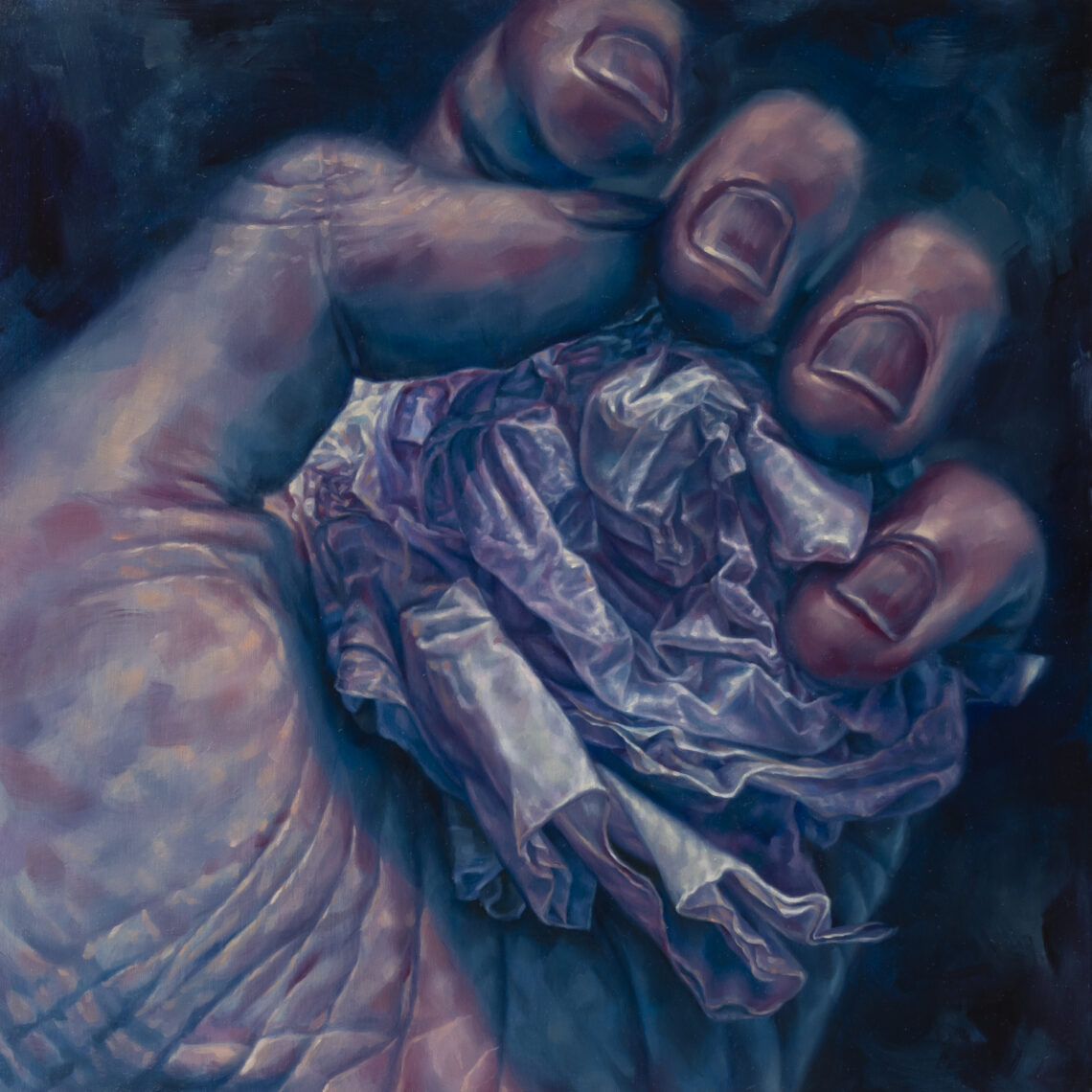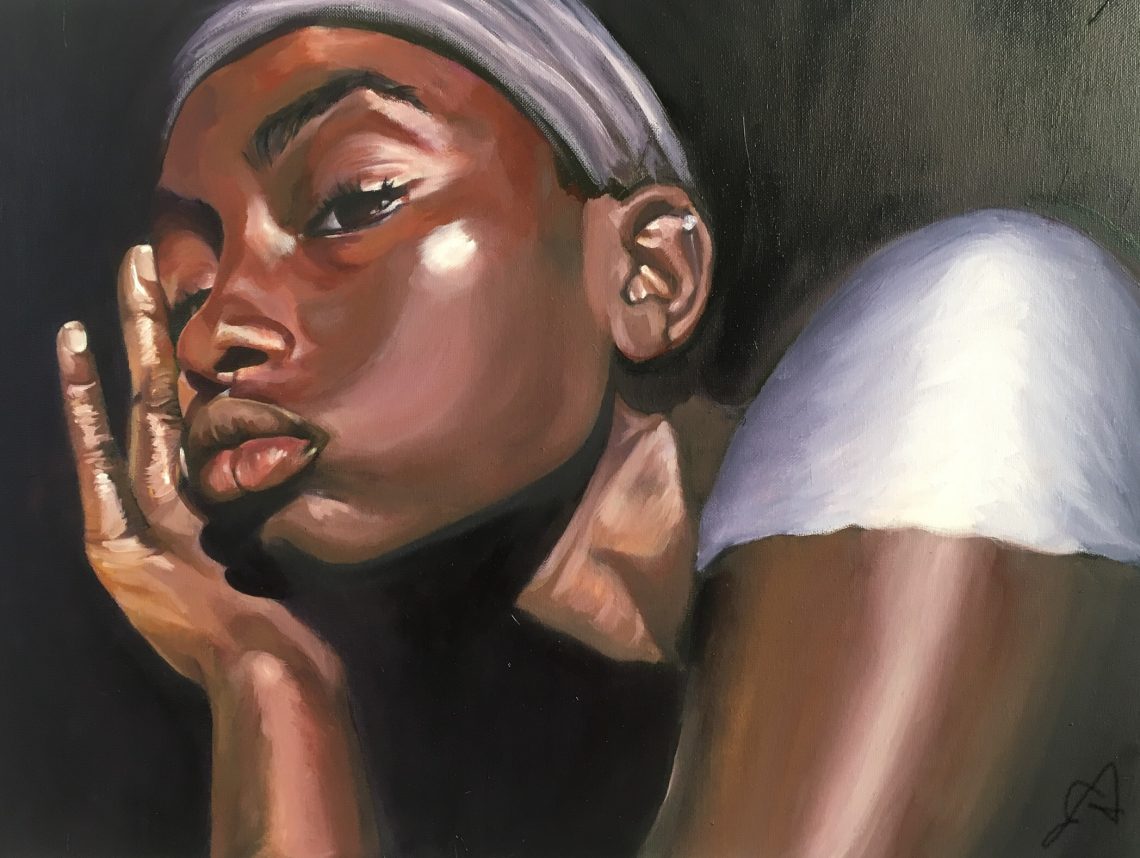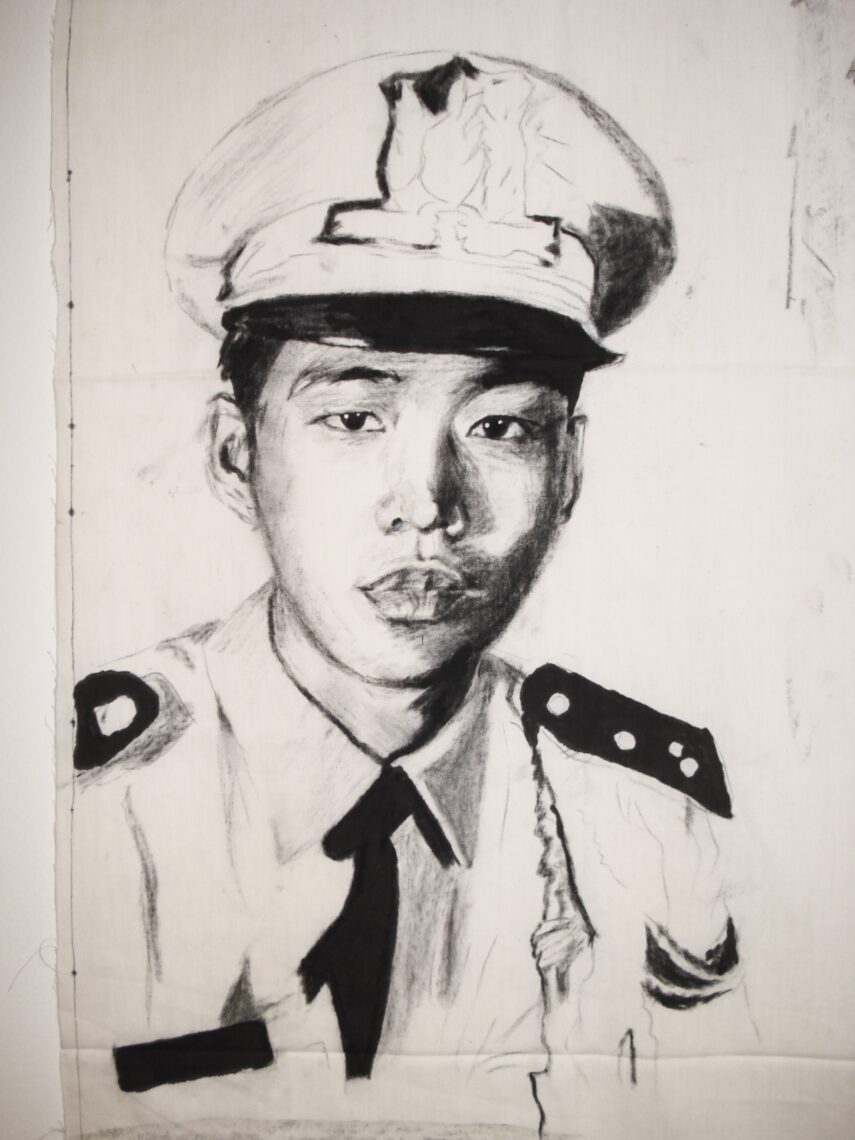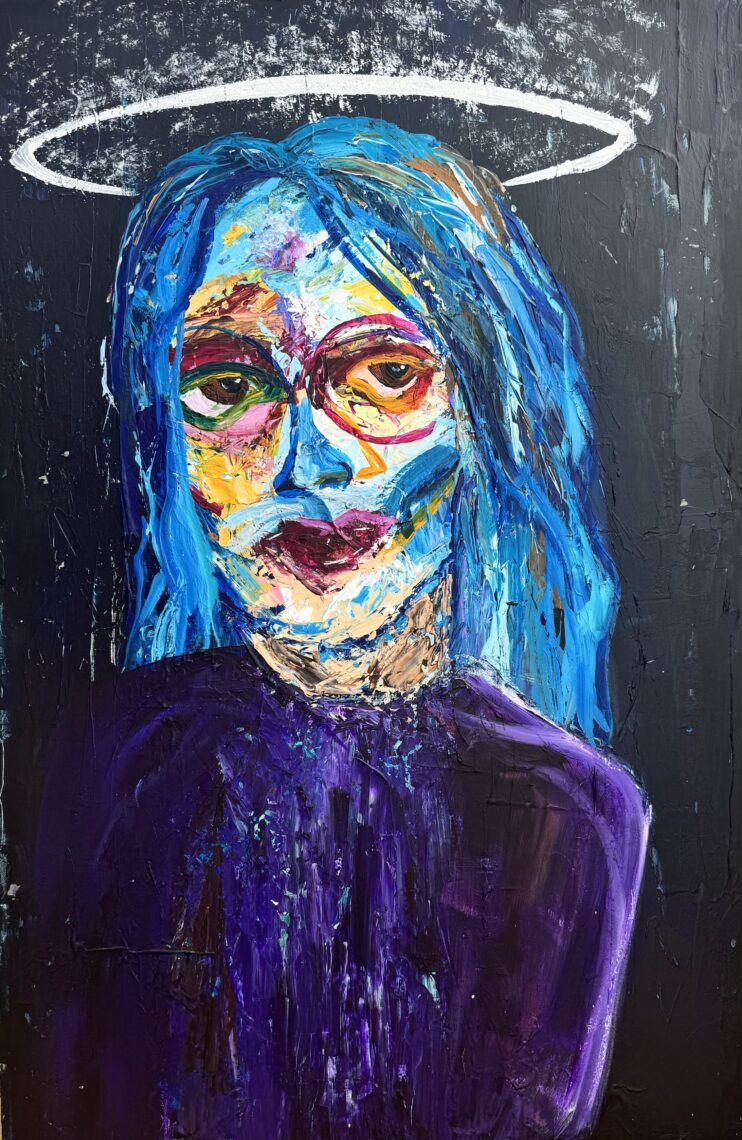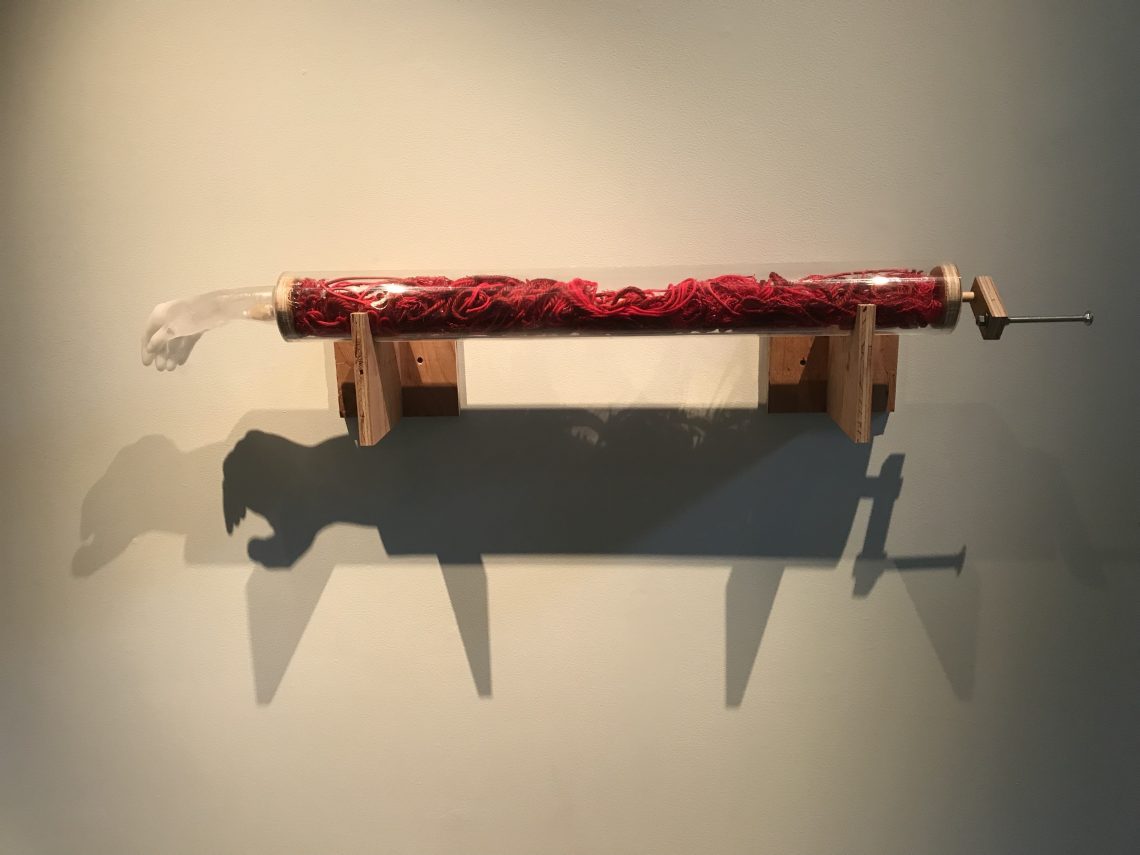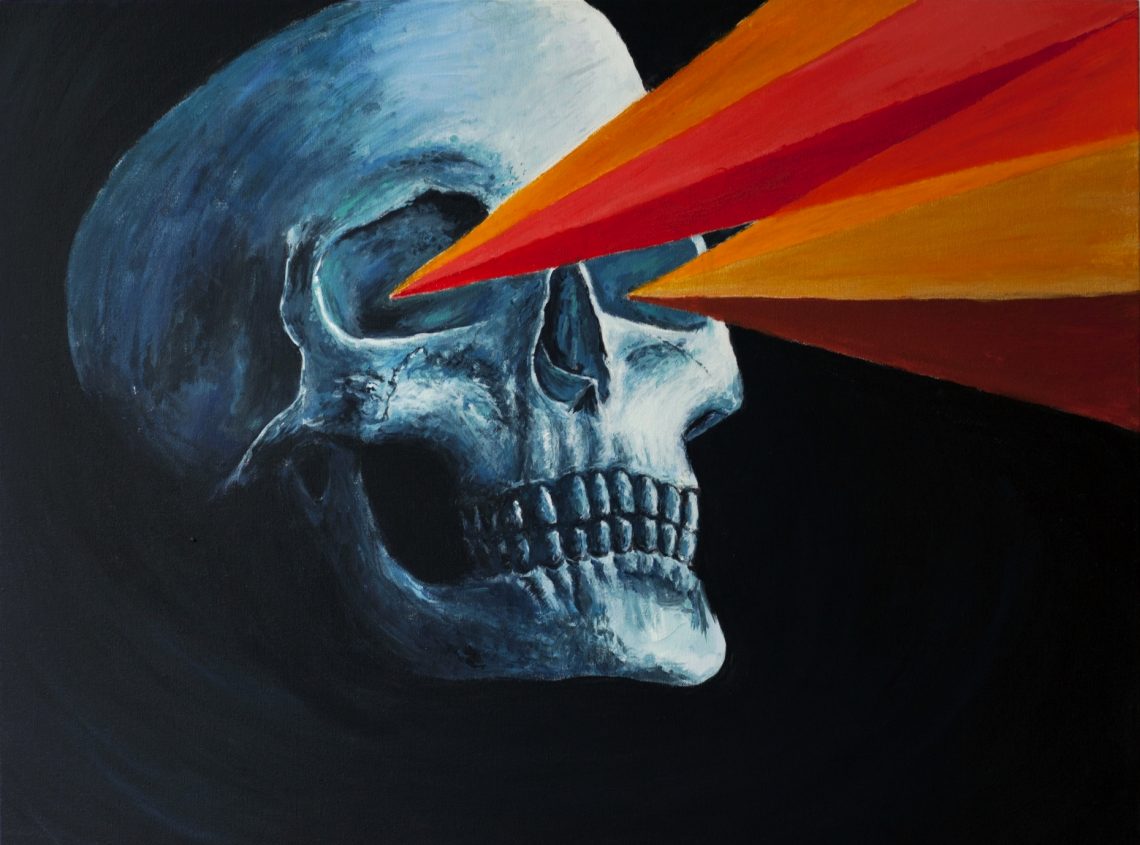 Construction Site dancers Nicola Ulibarri (graduate student in Civil & Environmental Engineering) and Jackson Jirard (freshman).
Construction Site dancers Nicola Ulibarri (graduate student in Civil & Environmental Engineering) and Jackson Jirard (freshman).
Stanford Dance Division breaks new ground with ‘Construction Site’
Guides calling themselves the "construction crew" lead a traveling audience to site-specific dances built around five campus locations.
Wear sturdy shoes, bring a flashlight, prepare to step lively, bikes and skateboards optional. Not the usual set of instructions for attending a dance production, but the arts at Stanford aren’t always predictable.
In a year that saw choreographer Jérôme Bel enlist untrained members of the Stanford community to perform in The Show Must Go On, as well as an immersive student theatrical production staged on a retrofitted Marguerite shuttle bus and Rodin’s bronze sculptures presented as surgical candidates via augmented reality at Cantor Arts Center, a traveling dance production that comes with audience instructions fits comfortably in the campus tradition of constantly breaking new ground with non-traditional exploration.
The sturdy shoes and flashlights are for Construction Site: Dances Built for 5 Sites Traversing Stanford Campus, which takes place on Tuesday evening, May 27, beginning at 7 p.m. at Bing Concert Hall. Spectator-hikers, bikers and boarders are encouraged to follow a “construction crew” of dancing guides to five performance sites on campus, ending at approximately 8:30 p.m. at Cantor. Joining the roving crew en route or at any of the designated sites is allowed. (For a complete list of locations and an approximate schedule, click here.)
Replacing a formal talkback after the performance, the last dance will be immediately followed by a picnic reception. Dancers and audience members will chat about their respective performance experiences while relaxing on the north lawn and enjoying a light repast hosted by the Cantor. The performances are free and open to the public.
Conceived and organized by Stanford Dance Division lecturer Diane Frank, Construction Site is a physical and intellectual pirouette that takes its performance impulse from the evolving landscape and architectural features of the Stanford campus. Frank, who sees the potential for artistic intent in every student, also sees the creative staging possibilities in every corner of campus.
“Students crisscross campus focused on their daily academic pursuits, often unaware of their surroundings,” said Frank. “These site-specific dances artfully engage the aesthetic potential of familiar campus environments, transforming the ordinary into something extraordinary, eloquent.”
Builders and site inspiration
Frank is tapping into the campus’ current moment of enormous development and change, signaled by the many visual signs of construction – orange cones, cyclone fences, earth moving equipment – from the arts district to Santa Teresa Street to the Science Quad.
“The germ of the project is to be in conversation with the environment – all things external to self – and, in particular, with the campus environment that is so visibly under construction,” Frank said.
Stanford is not only building new facilities, observed Frank (and anybody who has stepped foot on campus lately), but is simultaneously building a point of view about creativity and innovation in the arts and an artful way to view the world we move in.
“That is why site-specific dance, broadly defined, is so compelling. By moving outside of the conventions of proscenium theater, we also shed some of the constraints. That allows us to simply look around with fresh eyes at what is unfolding before us. That is the fun of it, to discover events that refresh our senses.”
The unfolding performances begin with Bay Area choreographer and dancer Manuelito Biag’s Breathe Life in the Telling in the Bing Concert Hall lobby. Biag chose the site for its wall of windows and natural light and also because he sees a space with simple, clean and elegant beauty. “The lobby presents a vast and empty environment, which the dance and music can fill. In many ways, the space itself is ever present, almost to the extent that it becomes another performer in the work,” Biag said.
A trek across campus to Harmony House leads to Daughter Gone by Stanford choreographer-in-residence Robert Moses. The small cottage that is Harmony House provides layers of “home” and “away from home” experiences for many students on campus. It houses the Institute for Diversity in the Arts program and IDA students are part of the “fam.” Frank noted that Moses’ chosen site resonates as a frame for moving through the transition in discovering personal identity, from child within a family to young adult with emerging awareness. The many small rooms allow for intimacy and detailed performance.
Leaving Harmony House, spectators will follow the crew dancers between a pipe replacement project, complete with gaping trench and Takeuchi excavator on the right, and the fenced construction site of the future contemplation center on the left, on the way to the third dance at Terman Fountain.
Dance and drought
What does the absence of water – or some other essential nourishment – mean to us personally? Choreographer Nina Haft ponders this question in Listening for Rain staged at the fountain. Water and the draining of it from Terman Fountain due to drought inspired the dance. Her dancers will “fill, flow through and recede from emptiness.”
Moving on, Stanford dance and performance lecturer Aleta Hayes presents Upland Slope on the steps of SEQ Huang Building. Hayes was inspired by the architecture of this amphitheater tucked away within the engineering quad, which she said begged for the presence of dance and live music. The Chocolate Heads will be joined by the Festival Chamber Orchestra to activate, suggest and mimic the pedestrian dancing that occurs daily at the Huang steps.
The final dance site is Cantor Arts Center, where Frank’s Out of Sequence is staged around Richard Serra’s monumental steel sculpture Sequence. Frank said of her site and the sculpture: “I am attracted to the scale and the physical imposition of Sequence. It interrupts and weights the space. It bevels and leans and wraps. There is a secret inside of it; the sculpture cannot be absorbed all at once. I respond to its formality, its suggestions. The movement material and its arrangement merge from negotiating those elements. The sound score is also in conversation with Serra, quite literally, as it sources a public lecture Serra gave on his art-making process.”
The composition of the crew of guides is another expression of traversing the campus. These performers are a broad cross-section of the Stanford community, including undergraduate dance students, doctoral candidates from philosophy and engineering, varsity athletes, buildings and grounds staff, registrar’s office personnel, teaching staff, grad student spouses and musicians.
For many, this is a second or third project drawing on their willingness to create work together. They have in common an ability to run with an idea. Their performance score, a sequence of movement tasks, provides the transitional material and is meant to be seen “in passing” from site to site.







